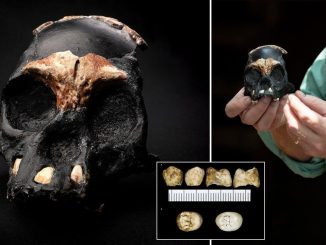Stepping into the realm of history often feels like unlocking a treasure trove, each artifact a glimmering gem offering a glimpse into the past. Among the treasures of antiquity, few evoke as much awe and fascination as the Wine Cup of Shah Jahan, a masterpiece crafted from white nephrite jade. Nestled within the hallowed halls of the Victoria & Albert Museum, this extraordinary relic whispers tales of imperial grandeur and artistic brilliance.
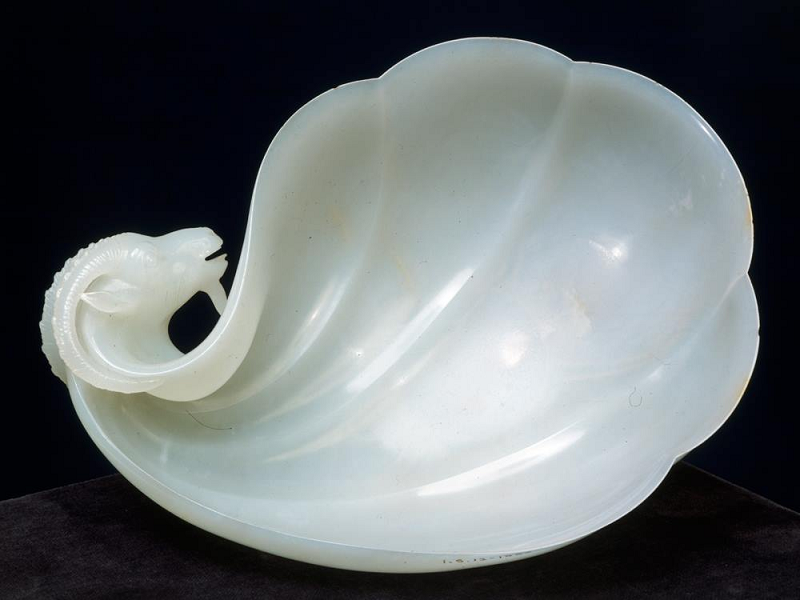
A Legacy Etched in Stone
To comprehend the significance of the Wine Cup, one must first immerse themselves in the era of its creation. Commissioned for the illustrious Mughal emperor Shah Jahan, renowned for erecting the iconic Taj Mahal, the cup symbolizes an era of opulence and refinement. Crafted around 1657 AD, it bears the weight of history, inscribed with Shah Jahan’s imperial title, “Second Lord of the Conjunction.” This title, steeped in Persian tradition, harks back to the lineage of Timur, the legendary Central Asian ruler from whom the Mughal dynasty traced its ancestry.
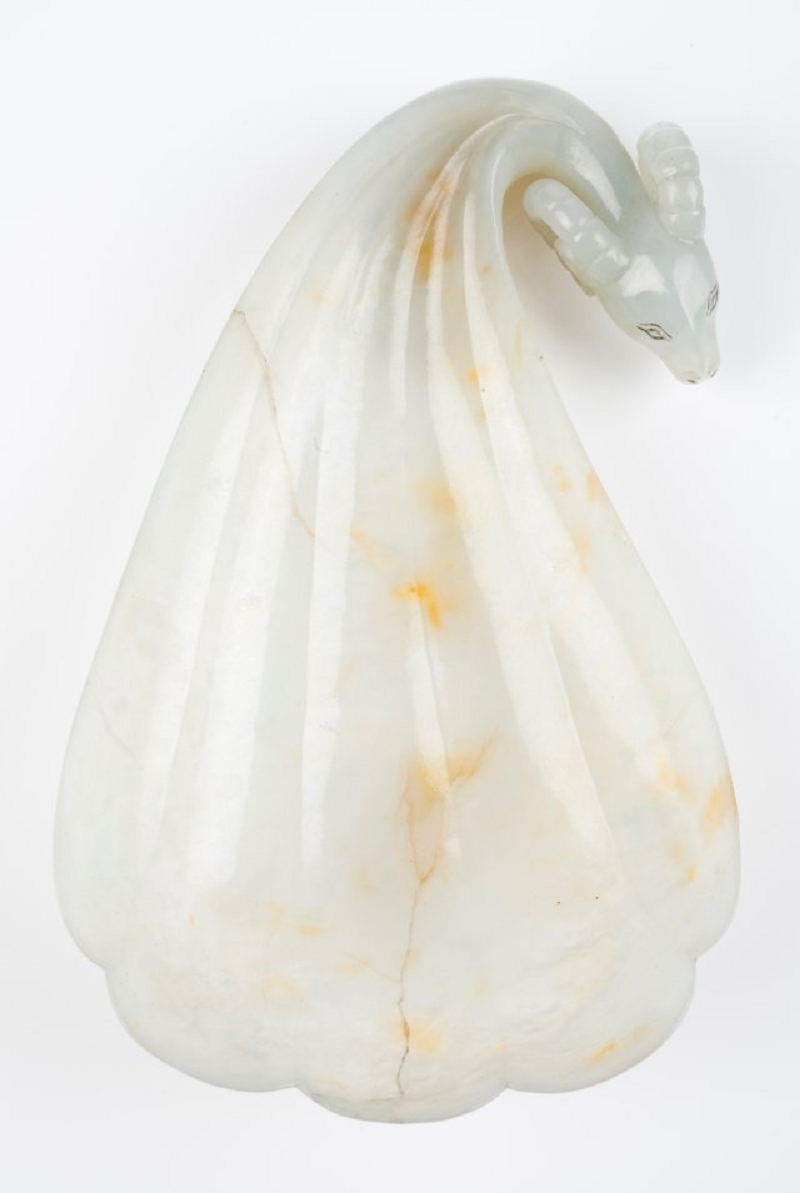
The Artistry of Jade
Jade, revered for millennia in various cultures, assumes a celestial aura in the hands of skilled artisans. The choice of white nephrite jade for Shah Jahan’s cup speaks volumes about the emperor’s discerning taste and the artisans’ mastery. Nephrite jade, with its luminous sheen and ethereal quality, was not merely a medium but a canvas for the expression of imperial magnificence.
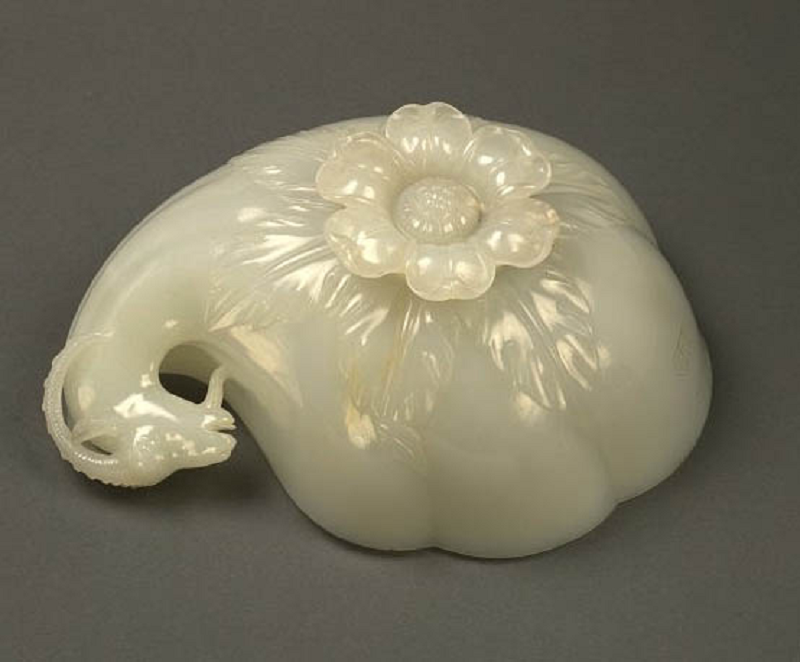
The intricacy of the cup’s design mesmerizes the beholder. Delicate floral motifs dance across its surface, intertwining with calligraphic scripts that pay homage to the emperor’s authority. Each stroke of the artisan’s chisel seems to echo the grandeur of the Mughal court, where art and culture flourished under Shah Jahan’s patronage.
A Journey Through Time
The journey of the Wine Cup of Shah Jahan transcends its material form. From the workshops of Mughal artisans to the hands of collectors across centuries, it has traversed landscapes both physical and metaphorical. Colonel Charles Seton Guthrie, an eminent figure in the annals of antiquarianism, once held this treasure within his esteemed collection of Mughal hardstones. Through the vicissitudes of time, it found its way to the Victoria & Albert Museum, where it continues to captivate visitors with its storied past.
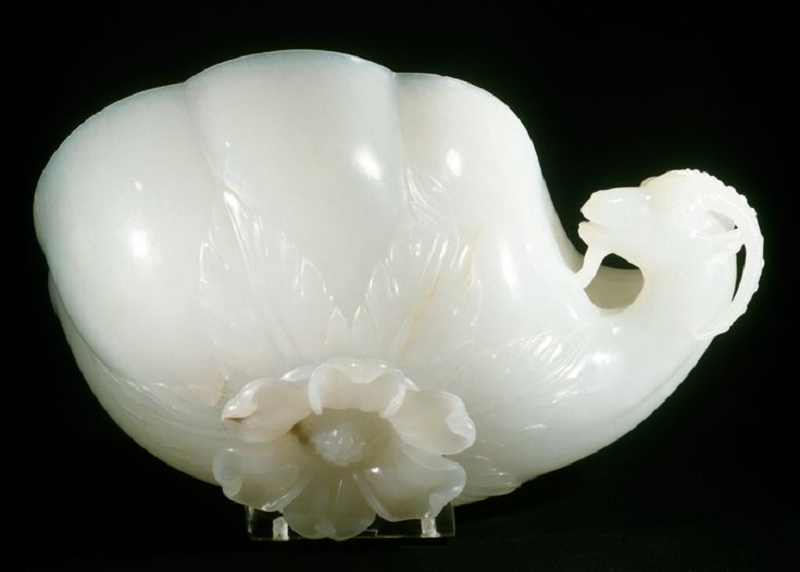
A Window Into Majesty
Beyond its aesthetic allure, the Wine Cup of Shah Jahan offers a profound insight into the ethos of Mughal rule. It serves as a testament to the power of art to transcend temporal boundaries and encapsulate the essence of an era. In its gleaming contours lie the aspirations of a dynasty, the ambitions of an emperor, and the ingenuity of countless craftsmen who labored to immortalize their sovereign’s glory.
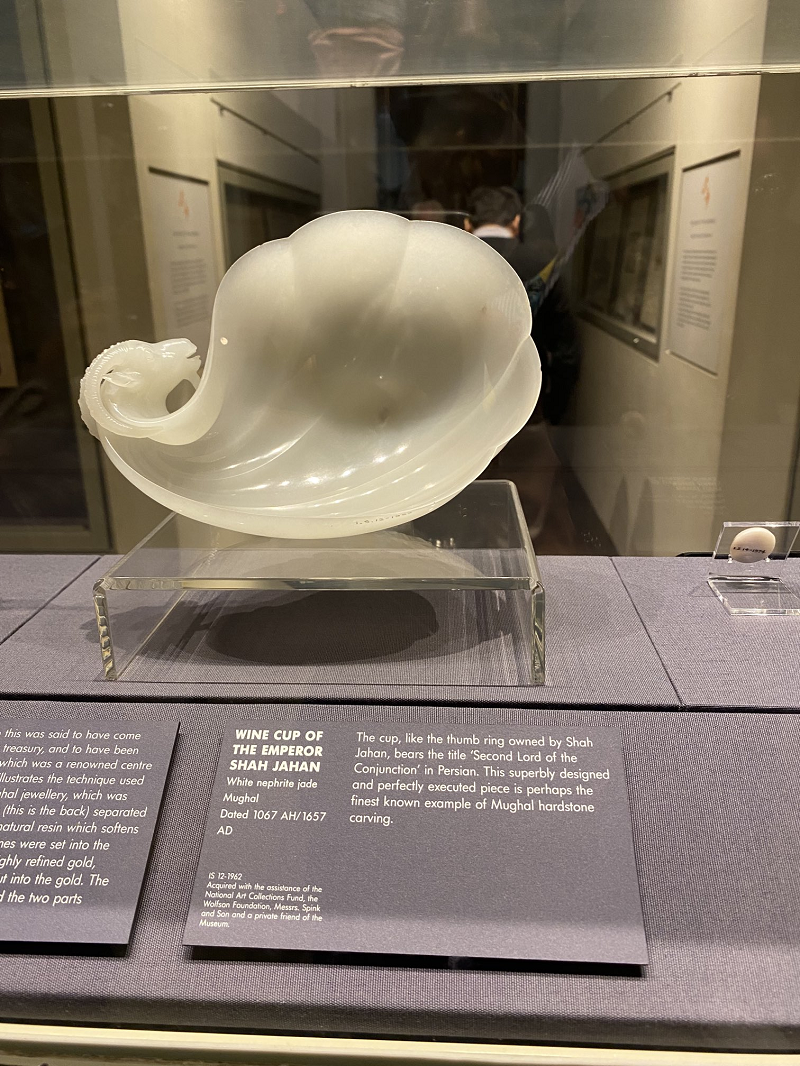
In the hallowed halls of the Victoria & Albert Museum, the Wine Cup of Shah Jahan stands as a silent sentinel of a bygone era. Its pristine beauty belies the tumultuous currents of history that have swept across the lands it once graced. Yet, in its serenity, it beckons us to unravel the mysteries of a time when empires rose and fell, and artistry reigned supreme. As we gaze upon its luminous facade, we are reminded that greatness endures, etched in stone and immortalized in the annals of human creativity.

